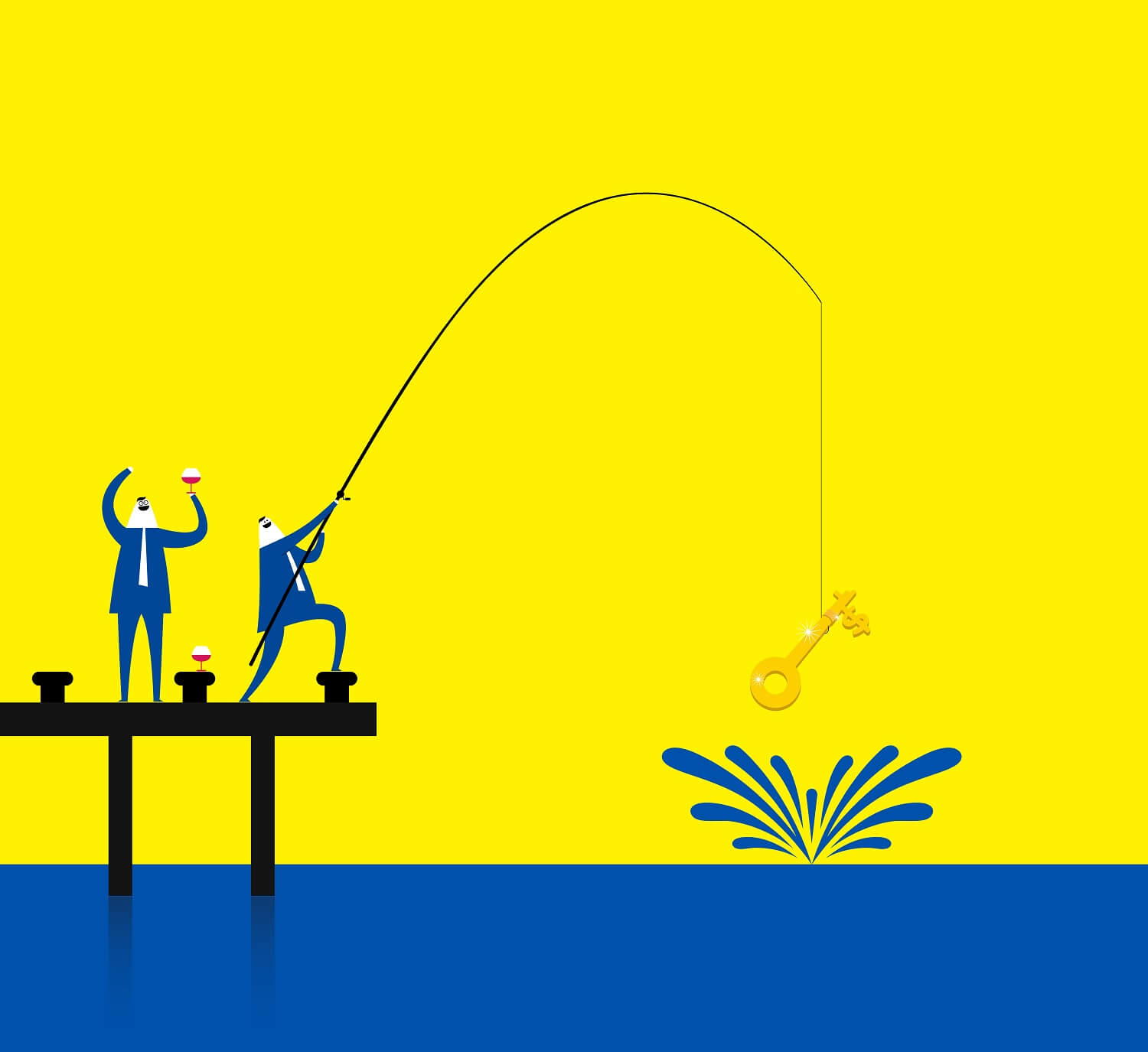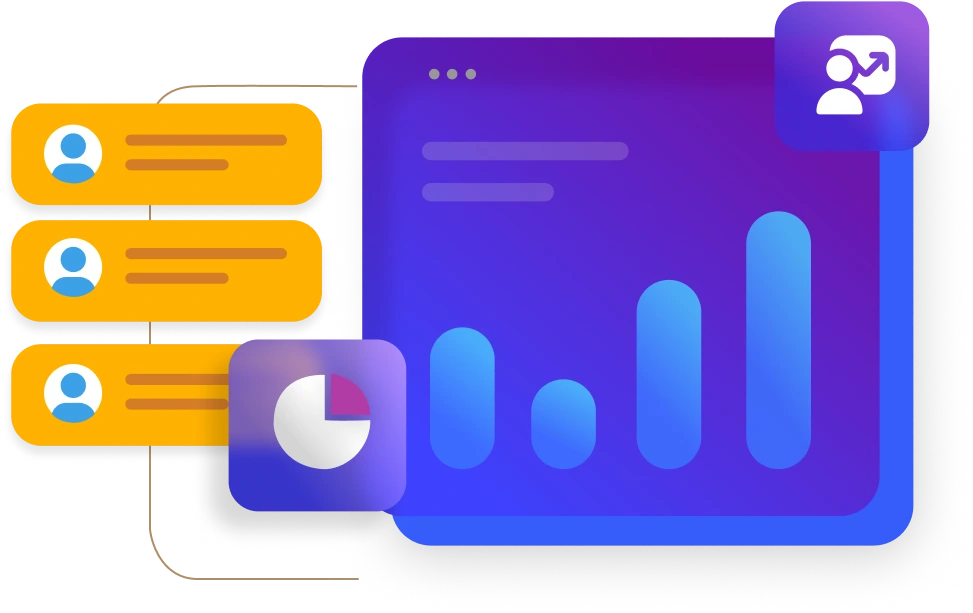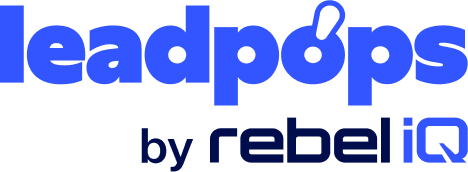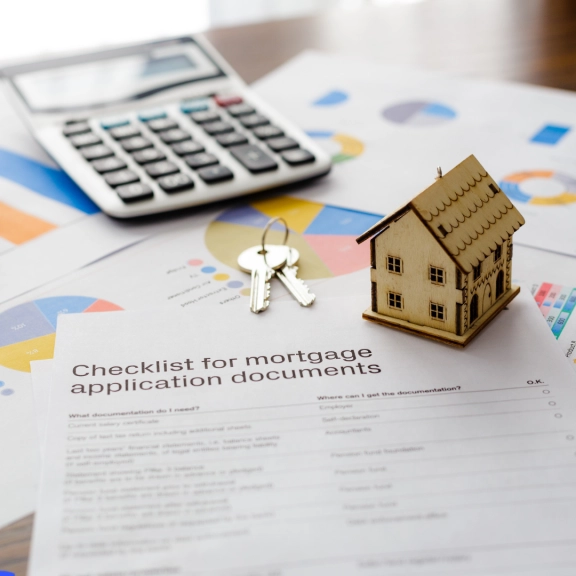5 Steps for Starting a Mortgage Marketing e-Newsletter Worth Signing Up For

You’re already convinced.
For your company, a marketing newsletter is the way to go.
It won’t just help you drive more traffic to your website and get more exposure for your business, but it will also give you a way to keep these leads around should they ever want to work with you in the future.
That part’s done. And some might say it’s half the battle.
The other half of the battle?
Sitting down with a blank document and wondering how to start that newsletter of yours.
See Your Potential ROI with leadpops
See what's possible. Fix it fast.
It’s not as hard as you think. Not if you have the right steps to go from “Zero” to “Newsletter” faster than you ever thought possible.
Here goes:
1. Create a Valuable Giveaway to Reward them for Signing Up
First things first. Let’s consider how to get people interested in signing up for your newsletter in the first place.
One of the most common and effective techniques for this is to give something away upfront. This is also known as a “lead magnet” (an ethical bribe in exchange for something valuable—in this case, an email address).
After all, you’re asking potential clients to give you personal information. Make no mistake, they know exactly why you want it.
Book My FREE
Growth Strategy
Session
See what's possible. Fix it fast.

If they’re going to trust you with that information, it’s only fair that you provide an incentive for them to do so. Not just saying, “Newsletter Signup”.
That means creating a valuable giveaway to encourage them to sign up in the first place.
Then, you give it away for free. Just for signing up.
But let’s zoom in on this term “giveaway”. What exactly might that entail? Here are a few ideas:
- A brief eBook or guide in your field. Write down some of your most valuable insights as a professional in the mortgage, real estate, or insurance industry. Turn it into a PDF, and give it a fun title. People always love short guides that include “insider secrets” or “quick tips.” Whatever your choice, make it clear that simply reading it is going to teach them something worth knowing. A “2017 Homebuyer Checklist” would be apropos.
- Insider access. Can you provide them with an entry into a contest? Insider access to a separate or VIP portion of your website? These incentives make entering in their email seem like a small favor in return.
- Discounts or promotions. What can you offer your email signups in terms of special offers and promotions? Might you give them first dibs on your latest information? Remember: think about things from their perspective. What would it take you to want to sign up to a newsletter?
Worried about how you can automatically send these offers to emails when they sign up? Don’t worry; the infrastructure is the easy part. Email marketing automation technology like Email Fire™ allows you to set this kind of stuff up with just a few clicks.
First, you have to know what your goal for the newsletter will be.
See Your Potential ROI with leadpops
See what's possible. Fix it fast.
2. Set a Goal for the Newsletter
“Hundreds of correlational and experimental studies show evidence that setting goals increases success rate in various settings…” – Harvard.edu
Why set a goal? Because your newsletter will be aimless without it.
Setting the goal before starting your newsletter will help you…
- …come up with new content ideas every time.
- …determine which call to action to place at the bottom of each newsletter.
- …help you effectively market your newsletter on your website—since you can accurately tell people what they’re getting.
- …help define your conversion funnel.
Just like a general wouldn’t start a new campaign without specific objectives, your newsletter needs specific goals if it’s going to be effective.
Why are you writing this newsletter, after all?
Book My FREE
Growth Strategy
Session
See what's possible. Fix it fast.

Because someone online told you to write it?
Do you believe your clients need to be better educated, and there’s too much bad information floating around on the web?
Or, is it because you believe you need to increase the amount of leads coming into your mortgage, real estate, or insurance business?
Start by take out a piece of paper, or opening Evernote or a Google Drive document (or if you really want to get into it, check out MindMeister), and brainstorm a few goals. What do you want?
More leads? More clicks to your call-to-action (CTA)? To capture customer feedback on your services? To remind customers about what you do?
That goal will define your newsletter strategy, potentially for years to come. It will also help you come up with a content plan weeks and even months ahead, which can be incredibly helpful in terms of keeping you on track. More on that later.
See Your Potential ROI with leadpops
See what's possible. Fix it fast.
3. Create Newsletter Exclusives—and Talk About It Outside of Your Newsletter
Your newsletter should certainly be tied in to the rest of your marketing efforts.
But it still has to be worth reading on its own.
That’s why it’s important to create newsletter exclusives—little pieces of information or offerings that can only be found on your newsletter.
It’s true that this might not yield you more subscribers.
But it may keep your subscribers coming back for more.
Book My FREE
Growth Strategy
Session
See what's possible. Fix it fast.

A newsletter “exclusive” can be just about anything. It can be a short little anecdote you put in your newsletter, something that you’ve never put up on social media or your website.
As long as your newsletter has value separate from the rest of your web presence, people will tend to stick with it.
Of course, it doesn’t hurt to talk about these exclusives outside of your newsletter, either. Promote them on social media. Remind people that you have a newsletter worth subscribing to.
Need help with “exclusives”? Here are some ideas:
- Write down a story or anecdote you only share in the newsletter.
- Offer “industry insights” or tips in your newsletters.
- Send out a newsletter that gives a first preview of a new offering you might have.
- Highlight a local business professional or partner each month and have them provide content that’s worth sharing. That way you’re promoting a potential referral partner, and at the same time, they’re helping provide you with content.
- Feature a “Local Hero Spotlight”—similar to highlighting a local business or referral partner, but this can be a veteran, teacher, local animal shelter, a home builder who does great work for disabled people in the community—we’re talking feel-good, uplifting, inspiring content that can get a lot of traction (online and offline), while also inspiring others to get involved and want to give back and contribute.
- Want even more ideas for lead magnets and exclusives? Read this article by OptinMonster covering 69 Highly Effective Lead Magnet Ideas. It’s awesome.
Over time, you’ll learn what these exclusives can be, allowing you to create more and expand.
4. Utilize a Professional Template to Create a Consistent Style and Operations
See Your Potential ROI with leadpops
See what's possible. Fix it fast.
Using just the steps above, you should be able to brainstorm a few ideas for your first few newsletters.
But what about formatting for your newsletter?
A consistent HTML template can be quite valuable for just that.
Templates can allow you to quickly create new newsletters—all in a familiar, professional format.
But it’s not just that.
Your template will help you stick to Step #2—your goal for the newsletter.
Book My FREE
Growth Strategy
Session
See what's possible. Fix it fast.

It can also help you convert opened newsletters into a qualified, warm leads once again, simply by including lead conversion funnels and landing pages as part of the template.
If this sounds difficult to do, I recommend a free trial of leadPops to see how it all works.
Adding powerful lead conversion funnels and lead generating landing pages to newsletters, blogs, websites, etc. is a lot easier than you might think.
5. Set (and Stick to) A Consistent Newsletter Schedule
Just how often should you send out a newsletter anyway?
According to surveys by Campaign Monitor, opinions vary. But most people agree that you should send out at least one per month.
See Your Potential ROI with leadpops
See what's possible. Fix it fast.
Few people like receiving daily newsletters, unless these newsletters are of a timely nature—for example: discounts and promotions that are only exclusive for one day.
But you’re in the mortgage, real estate, or insurance business, which means you’ll have different priorities.
So will your subscribers, and a daily email newsletter is probably not something they’ll want or appreciate.
About one newsletter per week is enough to remind people about you and your company. But it won’t necessarily annoy people to the point that they’ll want to unsubscribe because you’re cluttering up their inbox.
To make this an easy routine, you can always write your newsletters in advance for the month. Schedule them to go out once per week.
This not only promotes consistency, but helps you maintain an even tone throughout the newsletters.
Book My FREE
Growth Strategy
Session
See what's possible. Fix it fast.

Your reward: stickier past clients and new potential leads.
A newsletter shouldn’t be a chore for you. But it should be worthwhile for the potential client.
Every so often, take the time to review this post and remember to put yourself in their shoes.
What would you want to read? How often would you want to read it?
What would make you click the calls-to-action in the post?
Chances are, you’ll not only have an effective newsletter—but a totally different and improved way of looking at your marketing.
See Your Potential ROI with leadpops
See what's possible. Fix it fast.



